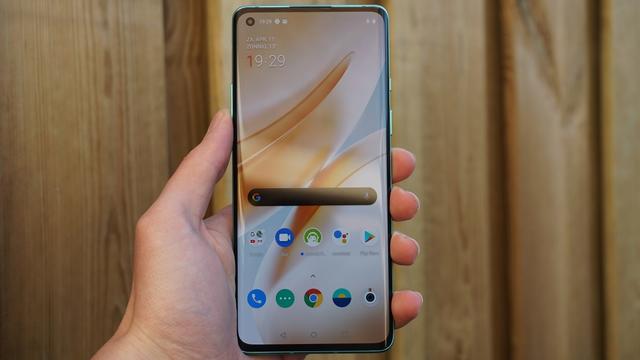
The OnePlus 8 follows the only six-month-old OnePlus 7T. The newest model is a hundred euros more expensive and offers in particular better specifications. At the same time, it is a hundred euros cheaper than the also new OnePlus 8 Pro. In this OnePlus 8 review, we find out whether this smartphone is the golden mean.
OnePlus 8
List price € 699, –
Colors Black, green and Interstellar Glow
OS Android 10 (Oxygen OS)
Screen 6.55 inch OLED (2400 x 1080) 90Hz
Processor 2.84 GHz octacore (Snapdragon 865)
RAM 8GB or 12GB
Storage 128GB or 256GB (non-expandable)
Battery 4,300 mAh
Camera 48, 16 + 2 megapixel (rear), 16 megapixel (front)
Connectivity 5G, 4G (LTE), Bluetooth 5.1, WiFi 6, NFC, GPS
Format 16.2 x 7.3 x 0.8 cm
Weight 180 grams
Website www.oneplus.com 7 Score 70 
- Pros
- Software and update policy
- Hardware
- Screen
- Battery life and fast charging
- Negatives
- Looks a lot like the cheaper OnePlus 7T
- No wireless charging
- Not IP water and dust proof
OnePlus recently introduced the OnePlus 8 and 8 Pro, smartphones of 699 and 899 euros respectively. Recently we discussed the top model in our OnePlus 8 Pro review, and now it is the turn of its cheaper variant. The 8 follows last year’s 7T, which you can now buy for less than 550 euros. In this OnePlus 8 review, we find out which of the three phones is the best buy.
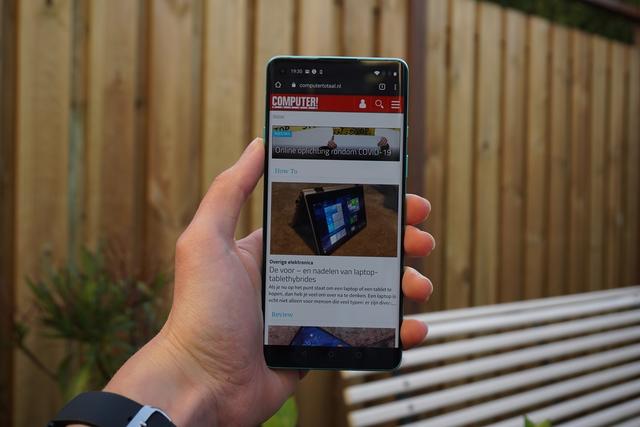
Design
The OnePlus 8 is made of glass and has a front-filling screen with very narrow edges at the top and bottom. The display continues slightly over the sides, which makes sweeping from corners feel more pleasant. In the top left corner of the screen there is a small hole for the selfie camera. The smartphone looks futuristic and lies comfortably in the hand due to its convex housing. The weight is relatively low at 180 grams. The OnePlus 8 is also lighter than the 7T, which has a smaller battery but weighs 190 grams. The 8 Pro weighs 199 grams, which is due to the larger screen and battery. In the past few weeks I have put a lot of family and friends in the hands of the 8 and 8 Pro, and the majority prefer the more handy 8.
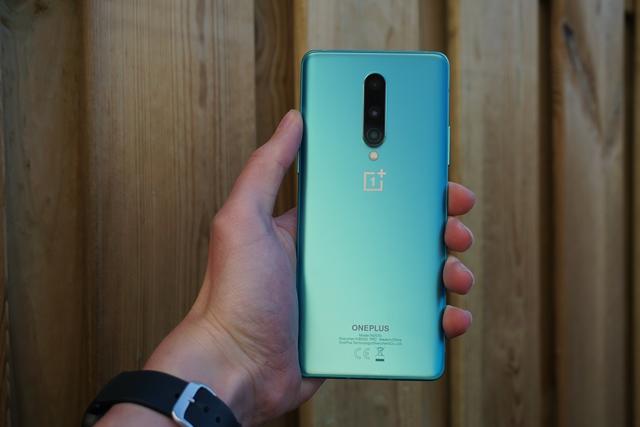
The smartphone has a handy alert slider to quickly switch between the ringer volume, the vibration mode and the silent mode. At the bottom is a USB-C port to charge and connect earplugs, possibly via an adapter. A 3.5mm audio port is missing. The OnePlus 8 also lacks a certification for water and dust resistance, something the 8 Pro does have. OnePlus claims that the regular 8 can withstand some water and dust, but do not take it with you in the pool.
The device is available in three colors: black, mint green and Interstellar Glow. I tested the green version, which I would describe as fresh and hip. Fingerprints are barely visible. The other two colors are sensitive to fingerprints. If you want the most striking smartphone possible, it is best to look at the Interstellar Glow version – which discolours due to light.
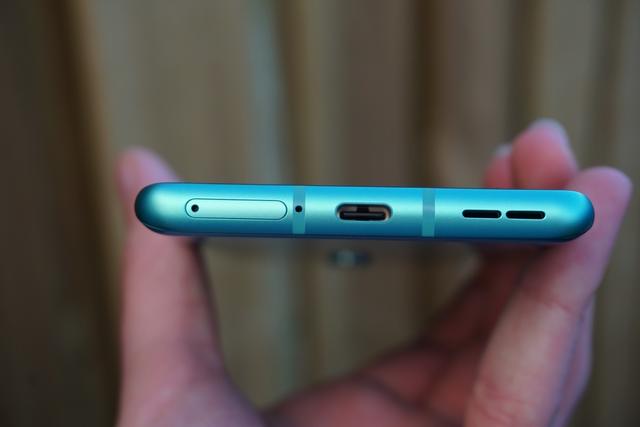
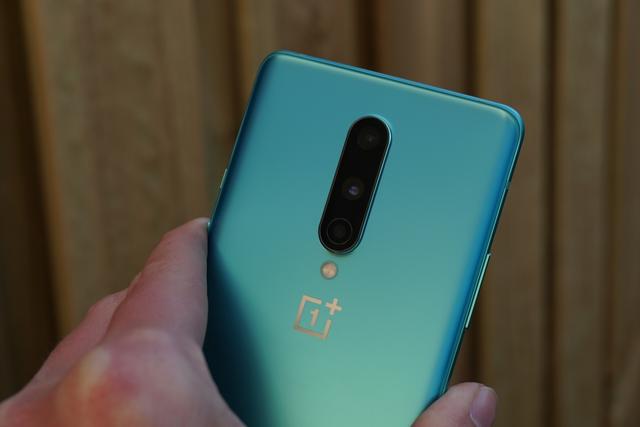
Screen
The screen of the OnePlus 8 measures 6.55-inch and can therefore hardly be operated with one hand. The OLED panel delivers beautiful colors and high contrast, and is more energy efficient than an LCD screen of cheaper smartphones. The full HD resolution makes the image look sharp. Behind the display is an optical and thus invisible fingerprint scanner, which lights up when you want to unlock the smartphone. The scanner is accurate and very fast, but is noticeably less effective outside on a sunny day. This is because the scanner works via light.

The maximum refresh rate of the screen is 90Hz, which means that the screen refreshes itself ninety times per second. Many smartphone screens do that sixty times second (60Hz). The higher refresh rate provides a smoother image and you will notice that, among other things, by the animations, scrolling in texts and playing optimized games. Since there’s a good chance that your current smartphone has a 60Hz display, the OnePlus 8 will feel a bit smoother. A subtle improvement, although the higher refresh rate also consumes more power. You can therefore also choose a 60Hz display in the settings. The more expensive OnePlus 8 Pro has an even nicer 120Hz screen. The difference with 90Hz is visible, but not the reason for choosing the Pro version over the regular 8.
Those familiar with the OnePlus 7T now know that the screens of the 7T and 8 are identical on paper. In practice I hardly see any difference.

Excellent hardware
Like its more expensive brother, the OnePlus 8 uses a Snapdragon 865 chip, the most powerful Qualcomm processor at the moment. You notice that: the device is lightning fast and will remain so for years to come. The standard version of 699 euros has 8GB RAM and 128GB storage memory. Enough to quickly switch between your recently used apps and games, with plenty of storage space for those programs and other media. Note that the smartphone does not have a micro-SD slot to expand the memory. Do you think you need more than 128GB of memory? For 799 euros you can buy the OnePlus 8 with 12GB / 256GB of working and storage memory. The surcharge is reasonable, that may be said.

Both OnePlus 8 models are suitable for 5G internet. KPN, T-Mobile and VodafoneZiggo are expected to launch their 5G networks in the first form this summer. For the time being, 5G will mainly offer slightly faster and more stable internet, especially in busy locations. From 2023, the network will only really get a lot faster. The smartphone is therefore prepared for the future, but it is not yet useful to you.
The OnePlus 8 can also handle techniques such as two SIM cards, WiFi 6 and NFC.
Battery life and charging
The OnePlus 8 contains a 4300 mAh battery that you cannot change. The battery capacity has grown considerably compared to last year’s 7T, which has a 3800 mAh battery. With that smartphone, I usually didn’t make a long day on one battery charge. The larger battery of the 8 pays off: a long day of use is no problem.
Charging is via the included Warp Charge 30W plug, with a power of 30W. The battery charges from 0 to 55 percent in half an hour, which is very fast. Charging takes longer if you use a different USB-C plug. Unfortunately, the OnePlus 8 cannot charge wirelessly. A downside, because almost all smartphones in this price segment can do this. The OnePlus 8 Pro can also charge wirelessly, but is a lot more expensive.

Three cameras: that’s how good they are
On the back of the OnePlus 8 are a primary 48 megapixel camera, a 16 megapixel wide-angle lens and a 2 megapixel macro camera. The cameras differ from the 7T series and the 8 Pro, which instead of a macro camera have a telephoto lens to zoom three times with minimal loss of quality. The OnePlus 8’s camera app also offers a twice zoom function, but uses digital zoom with visible loss of quality. Too bad, but in many cases the quality of such a zoom photo is fine for social media. Two times zoom is not much. Only when you zoom further (up to ten times) you see how the quality deteriorates.
With the special macro camera, you can take sharp photos up close. Handy if you like to photograph flowers, insects, pets or labels. The macro function works very well. It is inconvenient that you have to enable the function yourself in the camera app. It would have been nicer if the camera would switch itself if you are very close to an object. Another downside is the low resolution of 2 megapixels. A macro photo (1600 x 1200 pixels) is sharp enough for social media, but looks less sharp on your television than a regular 12 megapixel photo (4000 x 3000 pixels). Below you see the automatic mode on the left and the macro mode on the right.

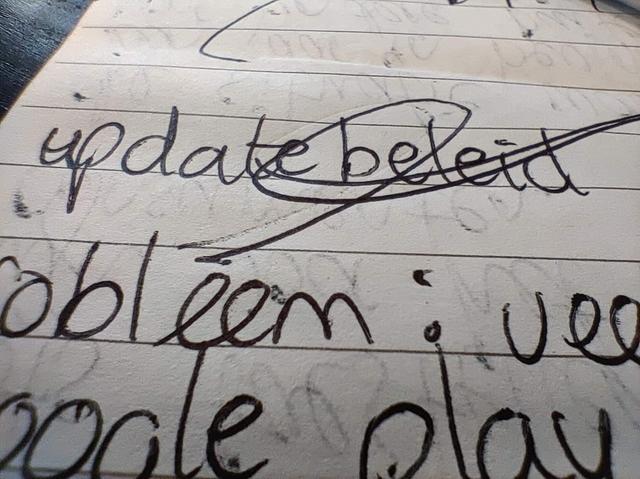
Speaking of the primary camera; he takes beautiful, realistic photos with great detail. The quality is comparable to the OnePlus 7T but slightly less than the OnePlus 8 Pro, which uses a newer and better camera sensor. In the dark, the camera also shoots fine photos, but there is a clear difference in quality with expensive phones such as the 8 Pro, iPhone 11 Pro and Huawei P40 Pro.
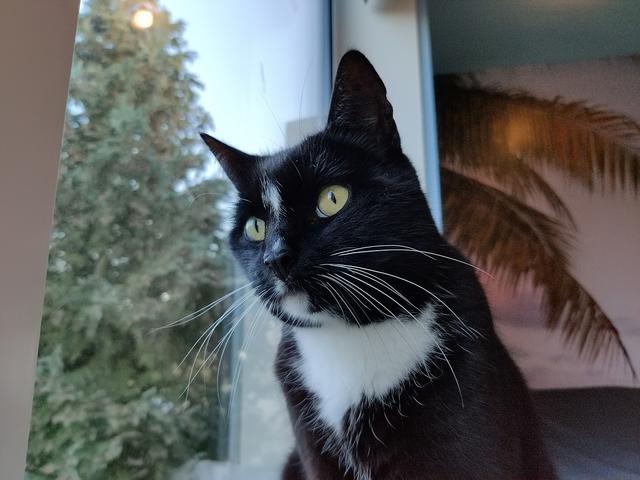


The wide-angle camera takes a wide photo and works properly. Colors look a little less natural than in regular photos. For example, a lawn is just a little too green, but chances are you will not notice it because the picture looks fine. Below you see two photo series with the normal photo from left to right, a wide-angle photo and a 2x zoom photo.
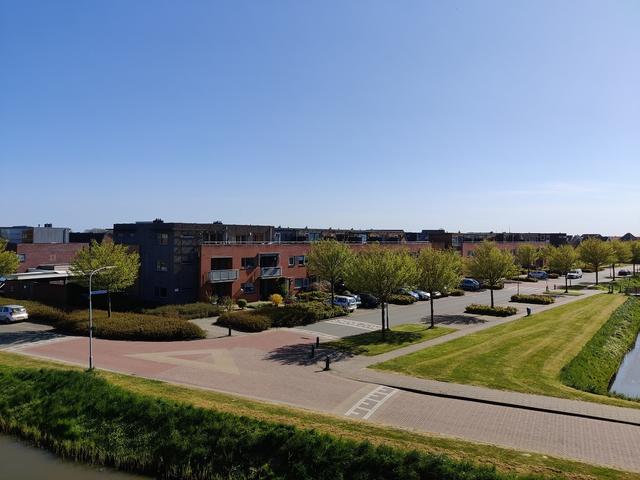

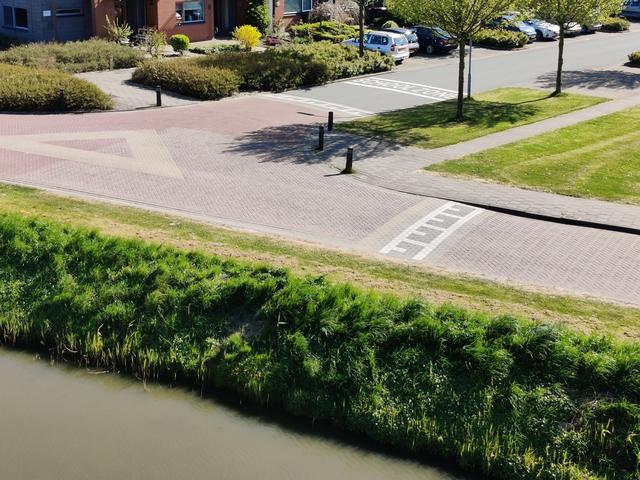

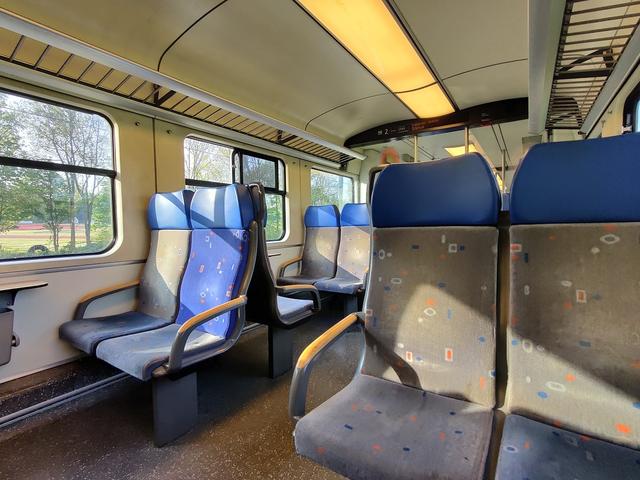
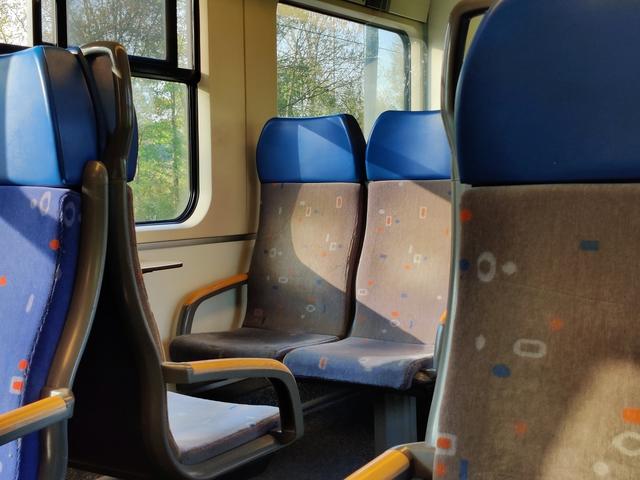
The 16 megapixel camera in the display generally makes “just good” selfies. Keep the smartphone still, otherwise you will get moved pictures quickly. The camera can also make video calls in full HD resolution.
Software
The OnePlus 8 runs out of the box on Android 10 with OnePlus’ OxygenOS shell. This layer differs little from stock Android and mainly adds functions to adjust the operating system more to your liking. From the animation of the fingerprint scanner and the shape of the quick settings to the color palette and the operation of the game mode, there is a lot to set up and that is fun. Four applications are pre-installed on the smartphone: Facebook, Messenger, Instagram and Netflix. Those first three can be removed, Netflix is not. OnePlus also supplies a handful of apps, including a gallery, weather and calculator. The software works intuitively, is lightning fast and less present than the layers of Samsung, Huawei and many other competitors.

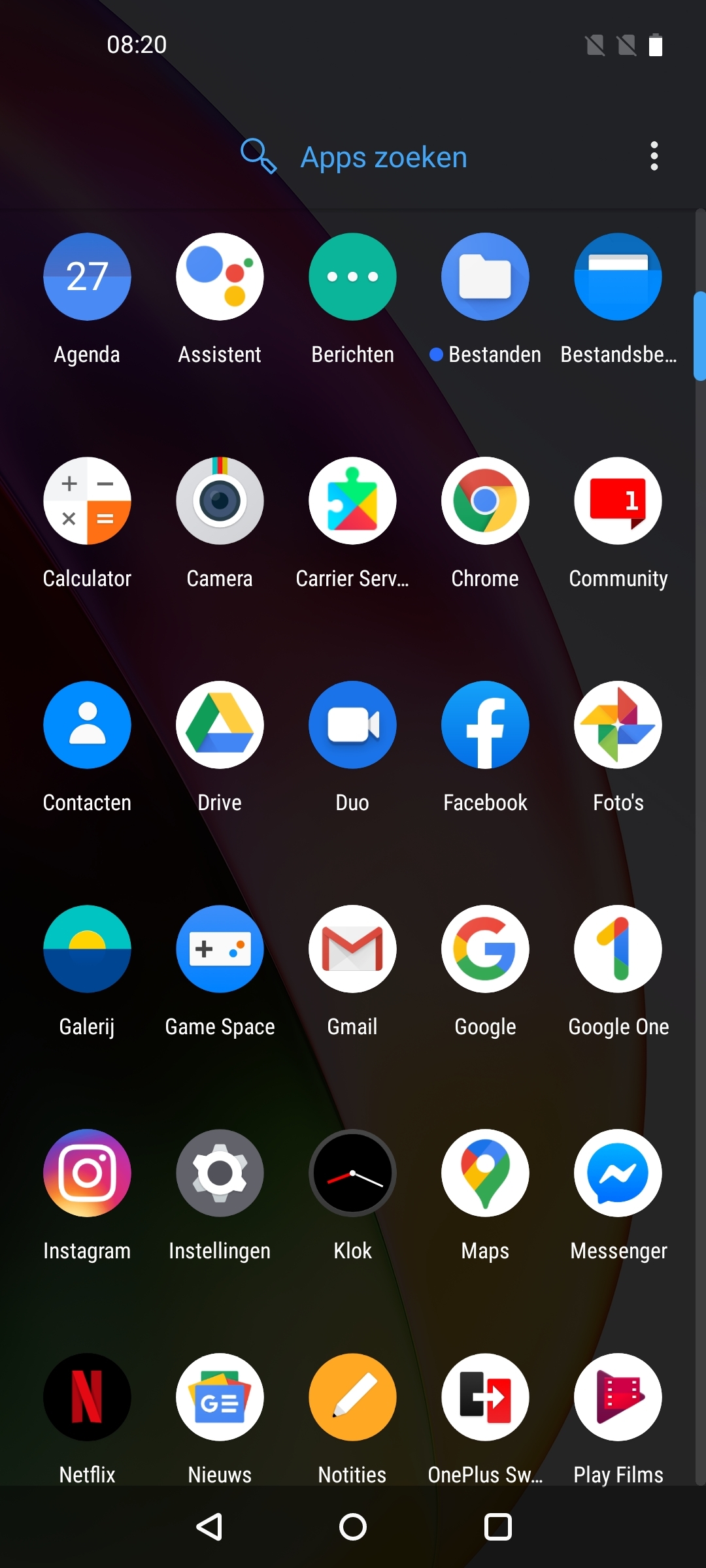

Update policy
OnePlus has been promising full software support for its smartphones for three years. So the OnePlus 8 gets three Android version updates and a security update every three years for three years. That’s neat. Expensive Samsung phones, for example, get two version updates and four years of security updates, but most brands promise two years of full updates. iPhones will receive updates from Apple for four years, but will not run Android.
Conclusion: Buy OnePlus 8?
The OnePlus 8 is a very nice, no-frills smartphone, with a luxurious housing, beautiful screen, powerful hardware and user-friendly software with three years of support. The device does nothing wrong, but also knows nothing to stand out. It is not waterproof and dustproof according to an IP certification, cannot charge wirelessly and does not take the best photos in its price range.
These three points of interest also apply to last year’s OnePlus 7T. The 8 looks more modern, is slightly faster, has a better battery life and 5G, but costs 699 euros. At the time of writing, you can buy the 7T for 529 euros. The improvements of the 8 have a considerable extra cost, and in my opinion many interested parties are better off with the 7T (review).
Although of a completely different order, the new iPhone SE is also a competitor. Apple’s iPhone at 489 euros is lightning fast, waterproof, can charge wirelessly and gets four years of updates. The two cannot be compared on points such as the screen, the software and the format, but the iPhone SE illustrates that a complete and good smartphone does not have to cost 699 euros at all.
Those who prefer the latest OnePlus but do not want to make concessions can go to the 8 Pro. It is IP certified, charges wirelessly and has an excellent quad camera. The device also has a nicer 120Hz screen. Keep in mind that the smartphone is noticeably bigger and heavier, and costs at least 899 euros. Read our extensive OnePlus 8 Pro review here.
.